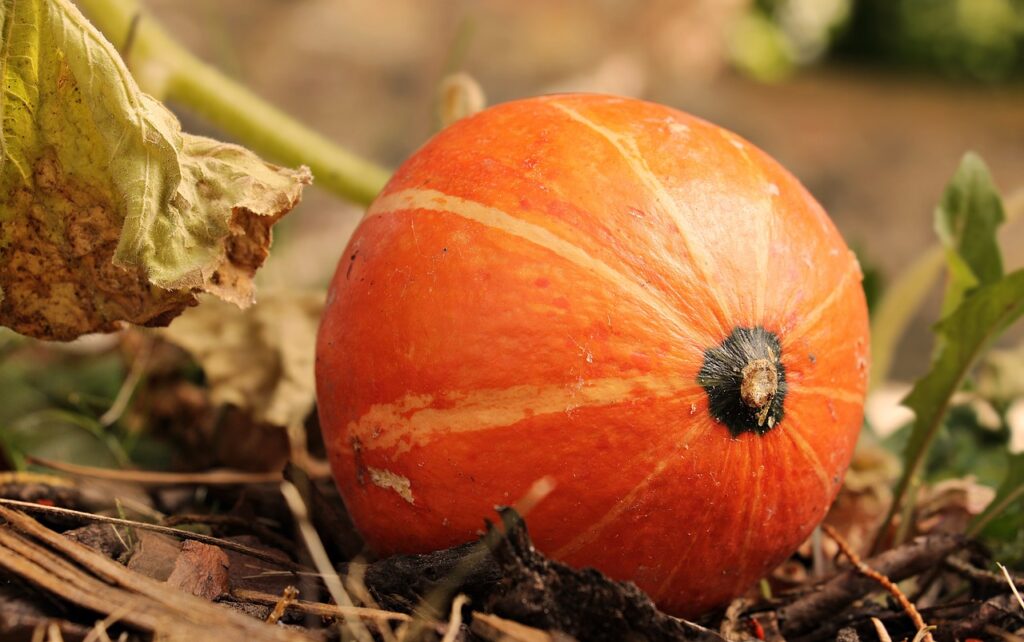If you’re looking to enjoy a bountiful harvest of fresh vegetables all year round, then cultivating a vegetable garden is the way to go. With some careful planning and proper techniques, you can have a continuous supply of homegrown produce regardless of the season. In this article, we will guide you through the steps to successfully cultivate a vegetable garden for year-round harvests.
First, you need to choose the right vegetables that are suitable for year-round growth. Some varieties thrive better in specific seasons, so it’s essential to select ones that can withstand the changing weather conditions.
Next, you’ll learn about planning your garden layout to optimize space and maximize productivity. Proper spacing and companion planting are crucial for healthy plant growth.
We will also discuss how to prepare and amend the soil to provide the necessary nutrients for your vegetables. Additionally, you’ll discover the importance of proper watering and drainage to ensure the plants’ health.
Lastly, you’ll learn how to protect your garden from extreme weather conditions and pesky pests that can hinder your harvest. By following these guidelines, you’ll be well on your way to having a thriving vegetable garden that provides a year-round supply of delicious, homegrown produce.
Choosing the Right Vegetables for Year-Round Growth
Now, let’s dive into choosing the right vegetables for year-round growth in your garden, so you can enjoy a bountiful harvest all year long!
When selecting vegetables for year-round cultivation, it’s important to consider their hardiness and ability to withstand various weather conditions. Opt for cool-season crops like lettuce, spinach, and kale for fall and winter harvests. These leafy greens thrive in cooler temperatures and can even tolerate light frost.
For spring and summer, focus on warm-season vegetables such as tomatoes, peppers, and cucumbers. These heat-loving plants require higher temperatures to grow and produce abundant yields.
Additionally, consider planting root vegetables like carrots and radishes, which can be harvested throughout the year.
By choosing a diverse range of vegetables that can withstand different seasons, you’ll ensure a consistent supply of fresh produce from your garden all year round.
Planning Your Garden Layout
Start by envisioning how you want your garden to look, using a layout that maximizes space and ensures a continuous supply of fresh produce. A good approach is to divide your garden into different sections or beds, each dedicated to specific vegetables. This will help you plan for crop rotation and maximize the use of space.
Consider using raised beds or containers to optimize space and make maintenance easier. When planning your layout, keep in mind the height and growth habits of different vegetables. Place taller plants towards the back or in the center of your garden, and shorter ones in the front or along the edges. Also, think about the sunlight requirements of each vegetable and avoid shading smaller plants.
With a well-thought-out garden layout, you’ll be on your way to a bountiful year-round harvest.
Preparing and Amending the Soil
Transform your soil into a nutrient-rich haven, giving your plants the best chance to thrive and flourish. Start by clearing any debris or weeds from the garden area.
Then, loosen the soil with a garden fork or tiller, breaking up any clumps.
Next, amend the soil by adding organic matter such as compost or well-rotted manure. This will improve the soil’s structure, drainage, and nutrient content. Spread a layer of compost over the surface and work it into the soil using a garden rake.
Additionally, consider conducting a soil test to determine its pH level and nutrient deficiencies. Based on the results, you may need to add lime to raise the pH or specific fertilizers to address any deficiencies.
Take the time to prepare and amend your soil properly, and you’ll lay the foundation for a thriving vegetable garden all year round.
Providing Proper Watering and Drainage
Ensure that your plants receive the right amount of water and have proper drainage, creating an optimal environment for their growth and success.
When it comes to watering your vegetable garden, consistency is key. Water deeply and thoroughly, making sure that the soil is evenly moist. Avoid overwatering, as it can lead to root rot and other diseases. To determine when to water, check the soil moisture level by sticking your finger about an inch into the soil. If it feels dry, it’s time to water.
Additionally, provide good drainage for your plants by ensuring that your garden beds have proper drainage systems or by using raised beds. This will prevent waterlogged soil and allow excess water to escape, reducing the risk of root rot and other water-related issues.
Protecting Your Garden from Extreme Weather and Pests
Prepare your garden for any upcoming storms or pest invasions by implementing protective measures. To safeguard your vegetable garden from extreme weather, consider installing a sturdy garden fence or constructing a simple hoop house. These structures provide a physical barrier against strong winds, heavy rain, or hail, preventing damage to your plants.
Additionally, cover your garden beds with row covers or plastic sheets to offer protection from frost or freezing temperatures during the colder months.

In terms of pest control, practice companion planting by intermingling various vegetables and herbs that repel common garden pests. You can also introduce beneficial insects like ladybugs or lacewings, which prey on harmful pests.
Regularly inspect your plants for signs of infestation and take immediate action to prevent any serious damage. By taking these precautions, you can ensure the longevity and productivity of your year-round vegetable garden.
Conclusion
So there you have it – the key steps to cultivating a vegetable garden for year-round harvests. By choosing the right vegetables, planning your garden layout, preparing the soil, providing proper watering and drainage, and protecting your garden from extreme weather and pests, you can enjoy a continuous supply of fresh produce throughout the year.
With a little time and effort, you’ll be able to reap the rewards of your hard work and enjoy the satisfaction of growing your own food. Happy gardening!





